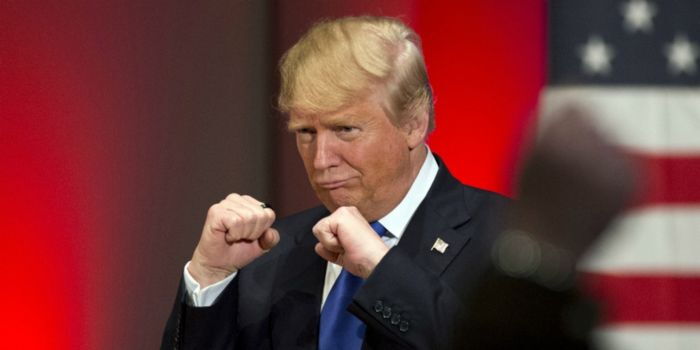US President Donald Trump has ordered a temporary 90-day halt on foreign development assistance, pending reviews to determine its effectiveness and how well it aligns with his administration’s foreign policy goals.
This decision, announced shortly after his inauguration on January 20, is set to affect countries like Kenya, which heavily rely on aid from the United States.
The executive order, one of several Trump signed on his first day back in office, stated that “the foreign aid industry and bureaucracy are not aligned with American interests and, in many cases, are opposed to American values.”
It further emphasized that foreign assistance often contributes to global instability by promoting ideologies that run counter to peaceful and stable relations between nations.
The order directs heads of US departments and agencies overseeing foreign development programs to immediately stop new commitments and distribution of aid funds.
It also stipulates that no further US foreign assistance should be delivered unless it aligns directly with the US president’s foreign policy priorities.
However, the White House has not provided specific details on the scope of the order, leaving uncertainties regarding which programs, countries, non-governmental organizations (NGOs), and international entities will be affected.
Given that the US Congress typically determines the federal budget, it remains unclear which funding allocations could be reduced or cut altogether.
Kenya, which receives substantial foreign assistance from the United States, stands to be greatly impacted by the decision.
The country relies on US aid in critical areas such as healthcare, security, and economic development.
A 2020 report by AidData revealed that the US provided over $3 billion (around Ksh 386.85 billion) annually to Kenya, with about $1 billion (approximately Ksh 128.95 billion) of this total coming directly from foreign aid.
A significant portion of this aid has been allocated to health programs, especially the US President’s Emergency Plan for AIDS Relief (PEPFAR).
Since its launch, Kenya has benefited from about $7 billion (roughly Ksh 902.65 billion) over 15 years, making it one of the largest recipients of PEPFAR assistance.
Despite this, funding for such programs has decreased in recent years.
For instance, during the 2017-2018 fiscal year, Kenya received $570 million (about Ksh 73.5 billion), but this amount dropped to $500 million (around Ksh 64.48 billion) the following year.
By 2019, the expected funding was set to fall further to $370 million (approximately Ksh 47.78 billion).
In addition to health aid, the US has supported Kenya in other areas. For example, in February 2023, the US government contributed Ksh 16 billion (around $128 million) to aid Kenya’s drought relief efforts, helping to address the urgent needs of 1.3 million people affected by the crisis.
Furthermore, during a state visit in May 2024, Kenya secured several agreements with the US, including a $3.6 billion deal for the Nairobi-Mombasa expressway and additional funding for education, security, and housing.
As the new executive order is implemented, both the Kenyan government and NGOs operating in the country face uncertain financial futures, with vital programs potentially at risk.
The coming months will be critical in determining the long-term impact of this decision on both Kenya and other nations that depend on US foreign assistance.
Join Kenyan Gen z and millennials official WhatsApp Channel To Stay Updated On time the ongoing situation https://whatsapp.com/channel/0029VaWT5gSGufImU8R0DO30
Tiktok – https://www.tiktok.com/@news.hub88?_t=ZM-8sz45qJid3V&_r=1


